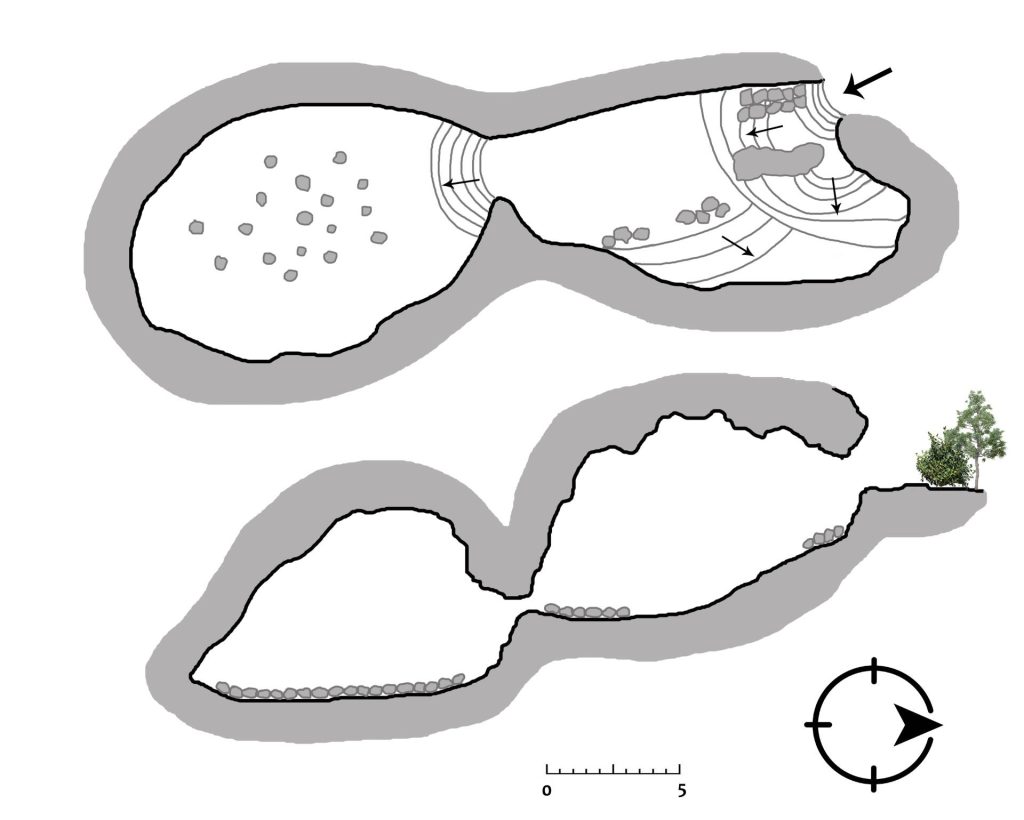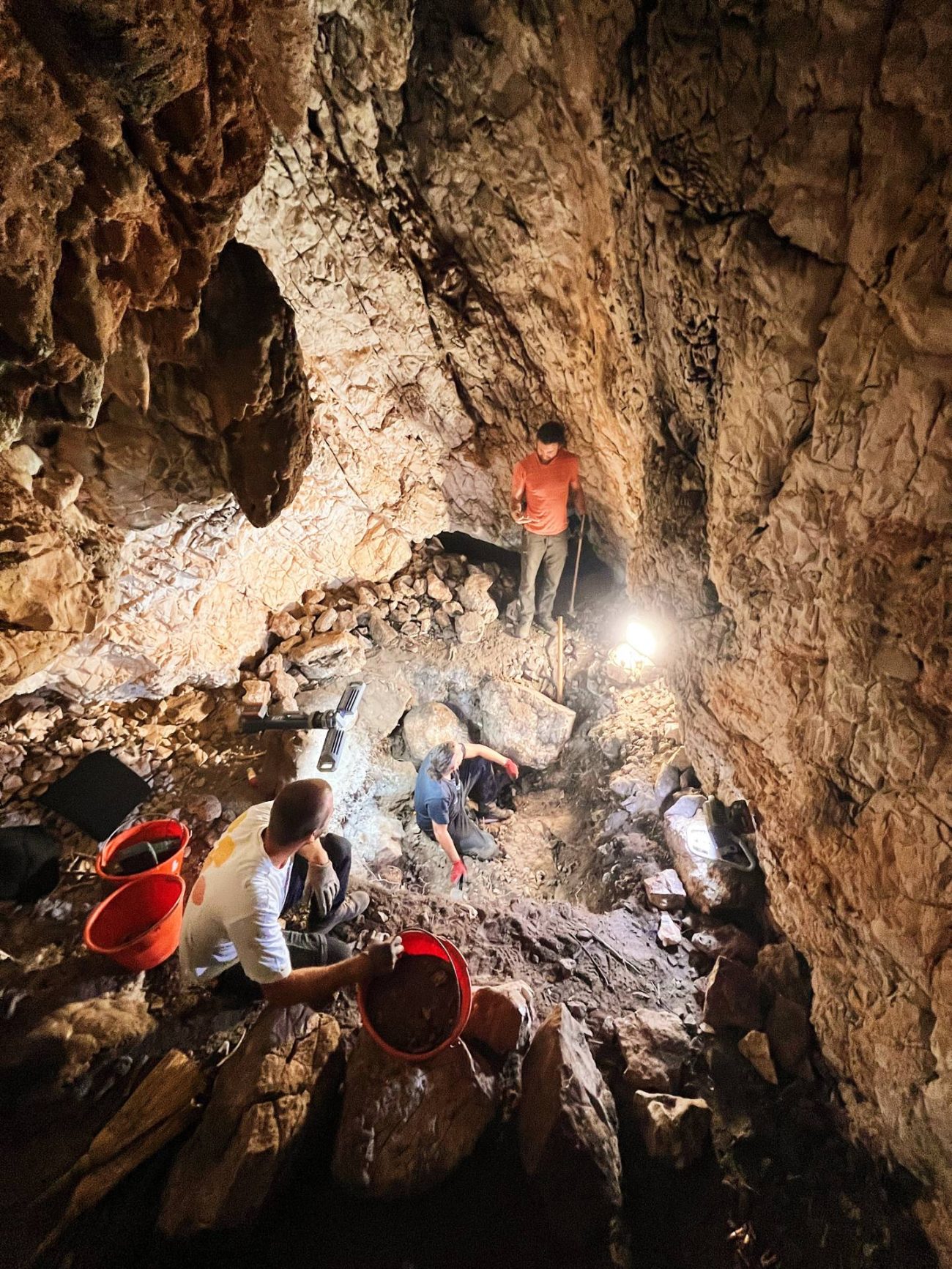
Amazing discovery on the Islet of Šćedro!
Recent archaeological research in the Rata Cave has led to a revolutionary discovery – evidence of life on the islet from the Late Neolithic Age, over 3000 years earlier than was previously thought!
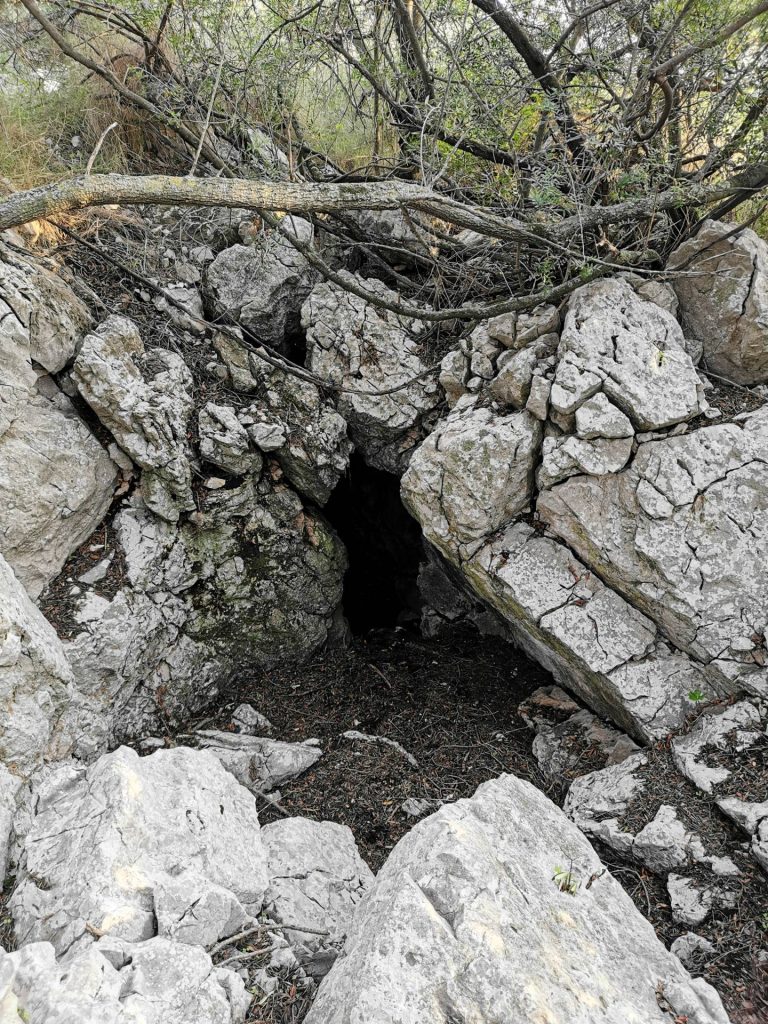
Back in 1923 the archaeologist Grga Novak uncovered for the first time traces of human activity in the Rata Cave, revealing fragments of ceramic ware from the Iron Age. However, when new excavations were undertaken by researchers from Kantharos d.o.o., with the support of the Association Friends of the Islet of Šćedro and the Municipality of Jelsa, their discoveries completely changed the picture of prehistoric life on Šćedro.
In the course of examining an area covering just 1.5 square metres, they found: 250 fragments from ceramic vessels, 97 animal bone remnants, 109 remnants of mussels and whelks, and 4 flint artefacts. Charcoal samples were taken for radiocarbon dating which will further confirm the age of the findings.
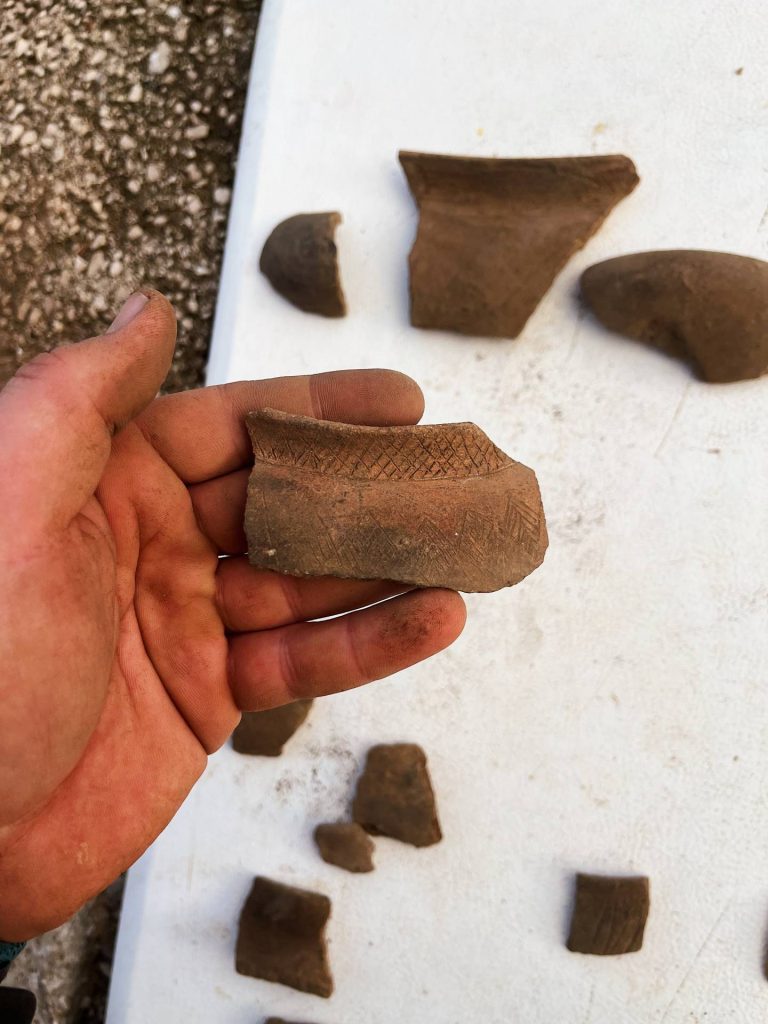
The ceramic findings provided the biggest surprise from the research. Elements typical of Hvar Culture have been identified in detailed analysis of 67 fragments, dating to the 5th century BCE (5000 – 4300 BCE). The hemispherical bowls are characterized by a ring-shaped rim and part-polished sides. They are decorated with carved geometrical motifs, similar to those found in the Grabac Cave on Hvar, one of the most important Neolothic sites on the Eastern Adriatic.
Analysis of the stone and flint materials used for the lithic artefacts suggest that they were brought from other Adriatic islands and the mainland, possibly even from overseas. This confirms that even at that early date there was a well-developed trading and maritime networks linking Hvar with Korčula, Pelješac, and the wider region of the Eastern Adriatic. Šćedro is proven to have been a key centre in prehistoric communications and trading.
The researches to date have covered only a small area within the cave, but the amount and significance of the findings suggest that this place was inhabited continuously or put to long-term use for seasonal residence and work.
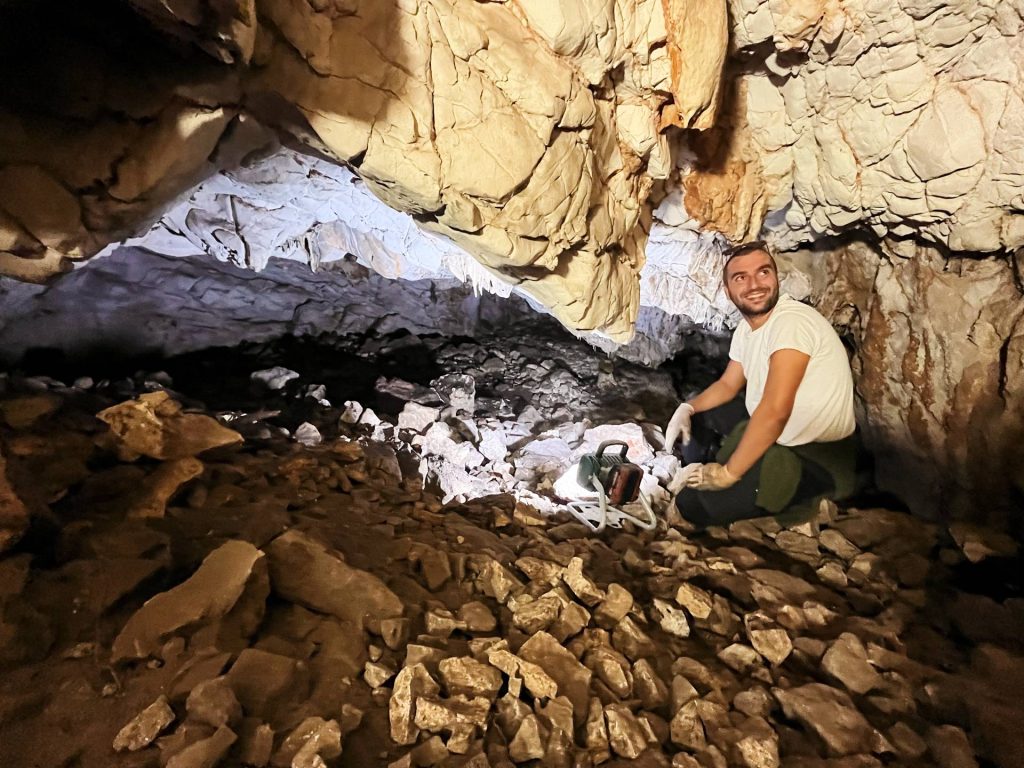
In the next phase of the research the plan is to spread out to cover the area in front of the cave, which, owing to its natural conditions, would have represented an excellent location for long-term residence by the prehistoric communities. Also, it is possible that there may be traces of later cultures, such as the Hvar-Nakovan culture, in the deeper layers of the site.
The discoveries from the Rata Cave not only change the current knowledge of Hvar Culture, but offer a deeper insight into the prehistoric communities on the Eastern Adriatic. The site has opened up numerous new questions about trade, culture and migration in the Neolithic Age.
What else is the Rata Cave concealing? Further researches will certainly bring more answers!
